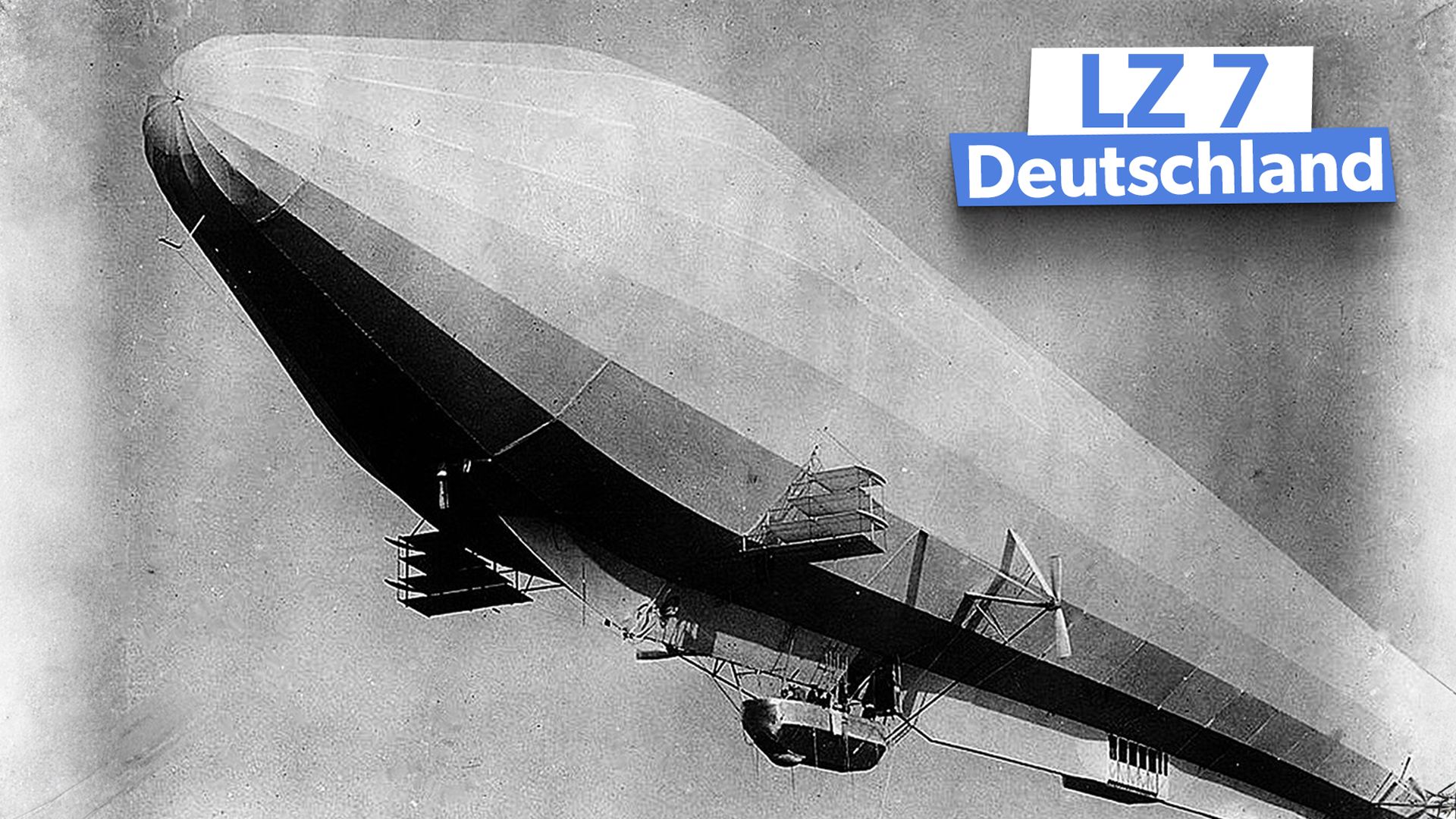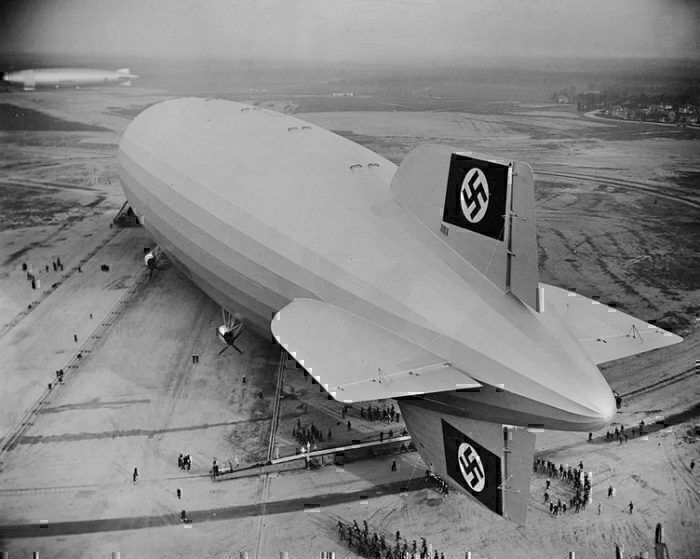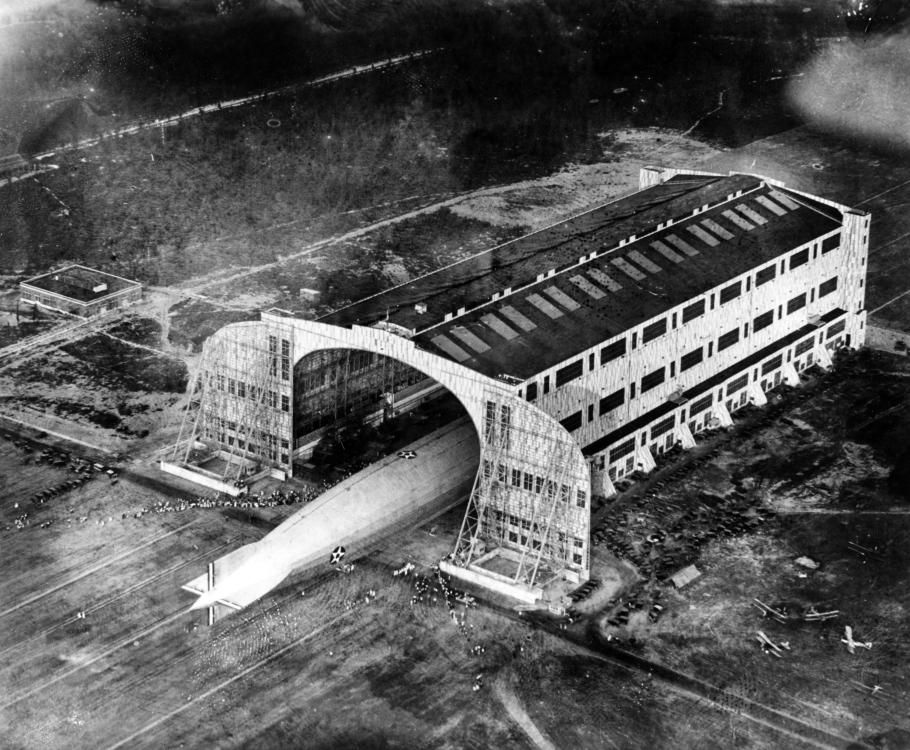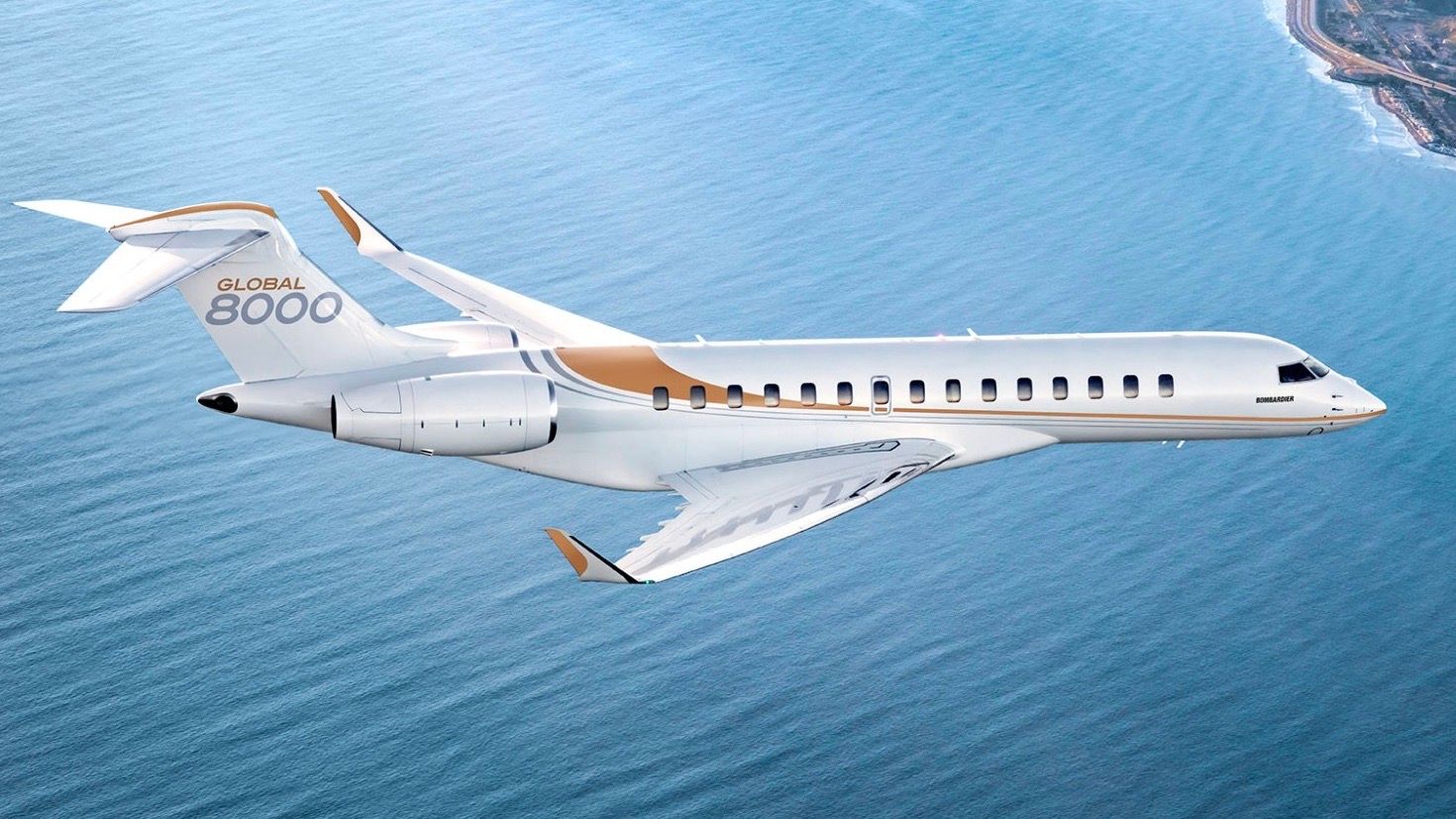Summary
- Zeppelins were first used for strategic bombing in WWI by Germany against Britain and other European countries.
- Zeppelins were soon replaced by airplanes as bombers after being found to be vulnerable in raids and facing British air defenses.
- The development of airplane bombers marked the end of airship strategic bombing as technology continued to advance.
Before Pan Am’s Clippers, it was Zeppelins crossing the Atlantic and providing an intercontinental passenger service. Zeppelins also predated airplanes as strategic bombers and were used to bomb Paris and London. These were harbingers of the strategic bombing of World War II.
But almost as quickly as it started, Zeppelins found themselves obsolete as strategic bombers. But that wasn’t the end. Post-war, Zeppelins were seen as the future of air travel (and naval reconnaissance). The British Empire went so far as to develop a small fleet of giant airships to knit together their sprawling empire.
End of British impunity
For centuries, the British enjoyed the benefit of having a moat or channel around their island separating them from the European continent. If things went south in Europe, the British could always just withdraw to their island and glare across at the French or other enemies until the opportunity arose to return to the continent (as happened during the Napoleonic Wars).
While the British were fighting in Flanders in WWI, they once again felt safe on their home island. As the war broke out, the great powers of Germany, France, Britain, Italy, and Russia all acquired airships for reconnaissance. But the Germans were determined to take the fight to the British with a new technology—weaponized Zeppelins. This was the beginning of strategic bombing.
|
Typical German Zeppelin |
|
|---|---|
|
Length: |
Approx. 500 feet |
|
Diameter: |
Approx. 61 feet |
|
Motors: |
3,4 or 6 (depending on class) |
|
Cruise speed: |
Approx. 40 mph |
|
Top speed: |
Approx. 60 mph+ |
|
Crew: |
19-21 aviators |
|
Armament: |
7 or 8 machine guns & approx. 4,000 lbs of explosive and incendiary bombs |
The retired German army officer Count Graf Ferdinand von Zeppelin first flew his airship in 1900, and by the outbreak of WWI, the Germans were the world leaders in Zeppelins. They started the war with several Zeppelins, each able to travel at around 60 mph and carry up to two tons of bombs. Germany was the first to turn these massive ridge balloons into strategic weapons.
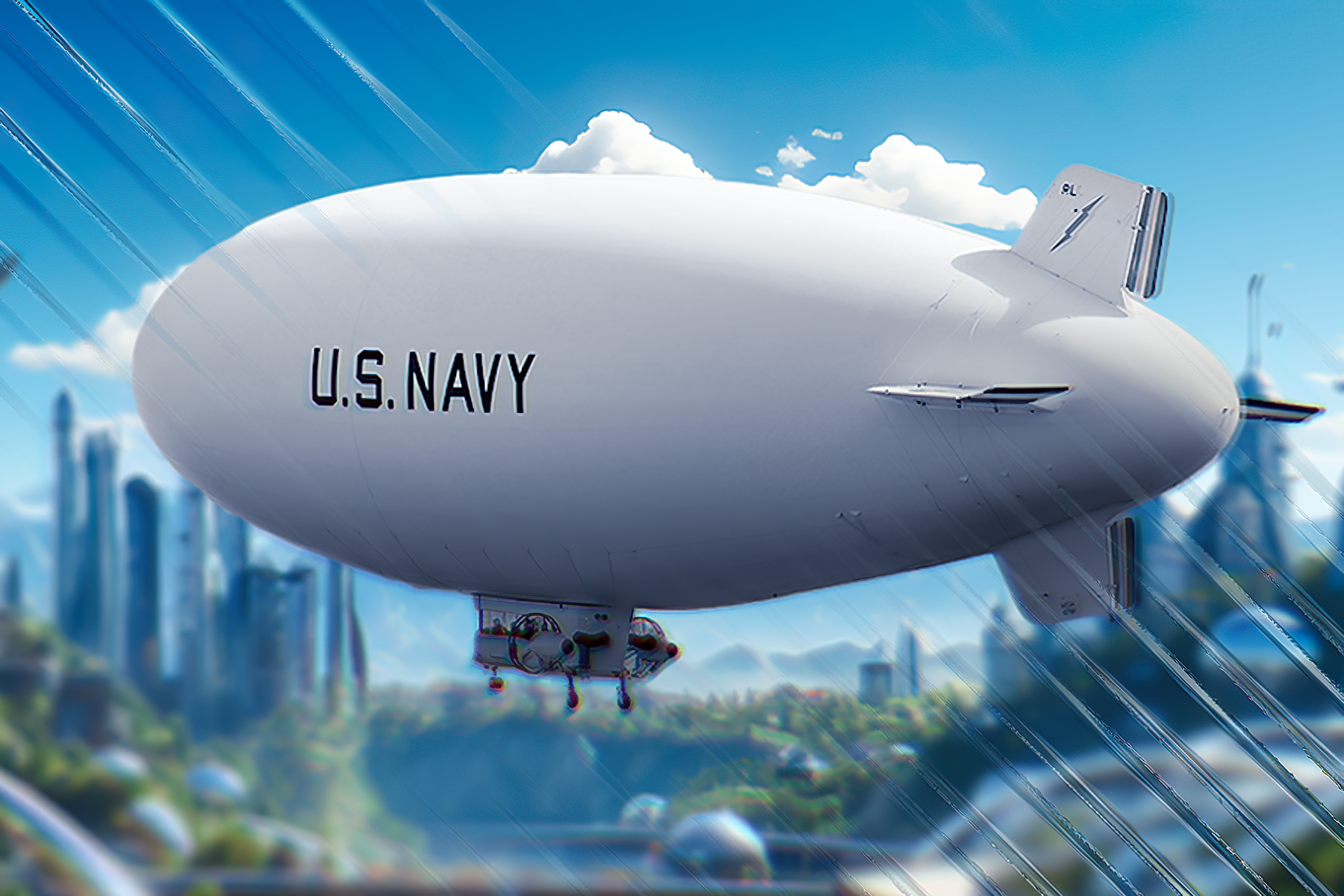
Related
Back To The Future: Five Airships In Development Today
Massive airships are being seen as a solution to heavy and bulky cargo transport and many are in development today.
Zeppelin bombing of London
The Germans first tried using the Zeppelins in a tactical role to attack British forces in August 1914 in Belgium’s Liege, but this was inaccurate and ineffective, and the Zeppelins were vulnerable (resulting in losses). Early in the war, in March 1915, the Kaiser forbade Zeppelins to attack London, so Zeppelin LZ 29, LZ 35, and the Schuttee-Lanz airship SL 2 bombed Paris instead.
|
Imperial German Zeppelin LZ 29 (Z X) |
|
|---|---|
|
Built: |
October 1914 |
|
Fate: |
shot down by French fire in March 1915 |
|
Capacity: |
20,283 lbs (typical load) |
|
Max speed: |
52 mph |
|
Role: |
M-class reconnaissance-bomber rigid airship |
The first raid on England occurred in January 1915 over Great Yarmouth and King’s Lynn. The two German navy Zeppelins safely returned. The raid killed four and injured sixteen people. In 1916, the Germans also tried to bomb Russia’s capital of St. Petersburg with Zeppelins, but this ended in failure. Over the course of the war, Romania’s Bucharest and Italy’s Naples were also bombed.
Notable Zeppelin attacks and developments:
- Early tactical use: August 1914 against the British in Belgium
- First England raid: 19-20 January 1915
- Early Paris bombing: 20 March 1915
- First London raid: May 1915
- First aid defense: 6 June 1916
According to the International Encyclopedia for WW1, by January 1916, Zeppelins had dropped some 1,900 bombs over London, killing 277 and wounding 645. By 1918, the causality number had risen to 557 killed and 1,358 wounded.
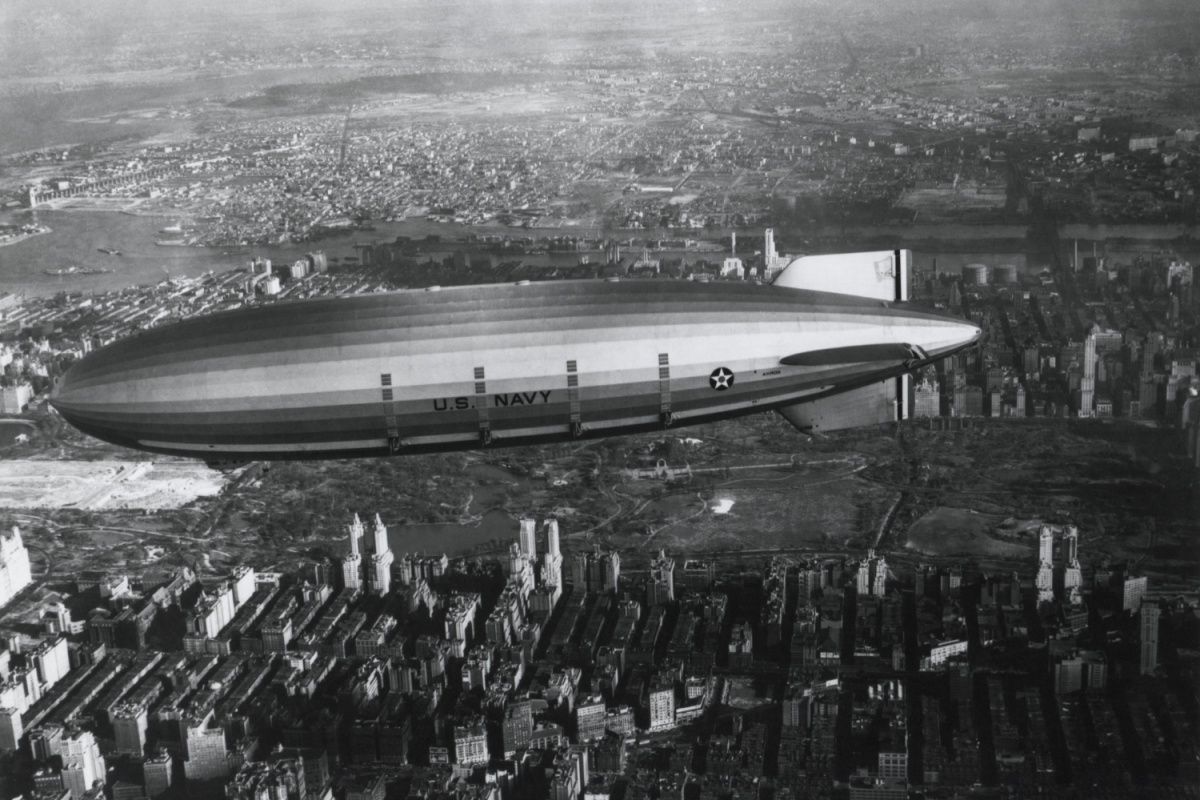
Related
One By One: A Brief History Of The US Navy’s 5 Airships
The US Navy operated five giant airships, four of which crashed. During their careers, two were used as flying aircraft carriers.
Obsolescence and move to airplane bombers
At first, the Zeppelins were able to attack London with impunity as no one had yet developed air defense (the Zeppelins frequently targeted the Thames docks at the East End). At this time, Britain had no ability to respond in kind to Germany. But it wasn’t long until the British learned to mount their guns to fire skywards, and the first AA guns came into action.
Photo: National Air and Space Museum
The British also soon developed fighters to shoot them down (they put 12 pursuit squadrons with 110 aircraft around London). The Zeppelins were becoming easy targets.
By 1917, airships for bombing raids were becoming obsolete, and the British were gaining the upper hand amid high German losses. By this time, 77 of 115 of Gerrmany’s Zeppelins had been shot down or disabled. Instead, the Germans switched to a new weapon – the airplane. They used ‘giant’ and Gotha bombers to provide bombing capabilities.
At time of major innovation, it is often difficult to know if a new development will be revolutionary (like the airplane) or will be a flash in the pan (like bomber airships). Over the course of the Ukraine War, the use of drones has been explosively revolutionary, but time will tell if this is a permanent shift or if drone warfare is successfully countered to the point of not being particularly effective.
